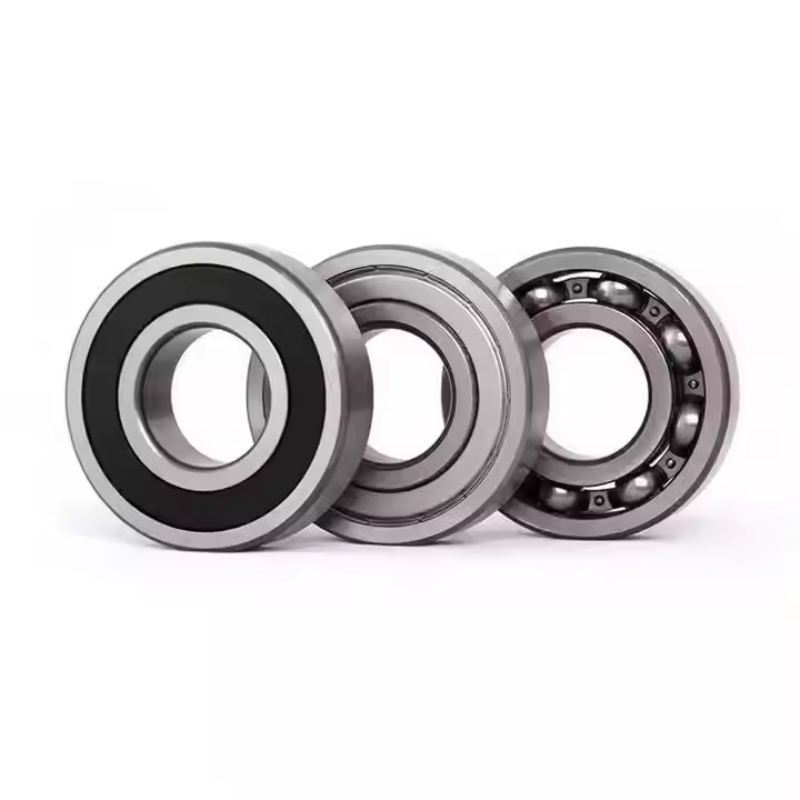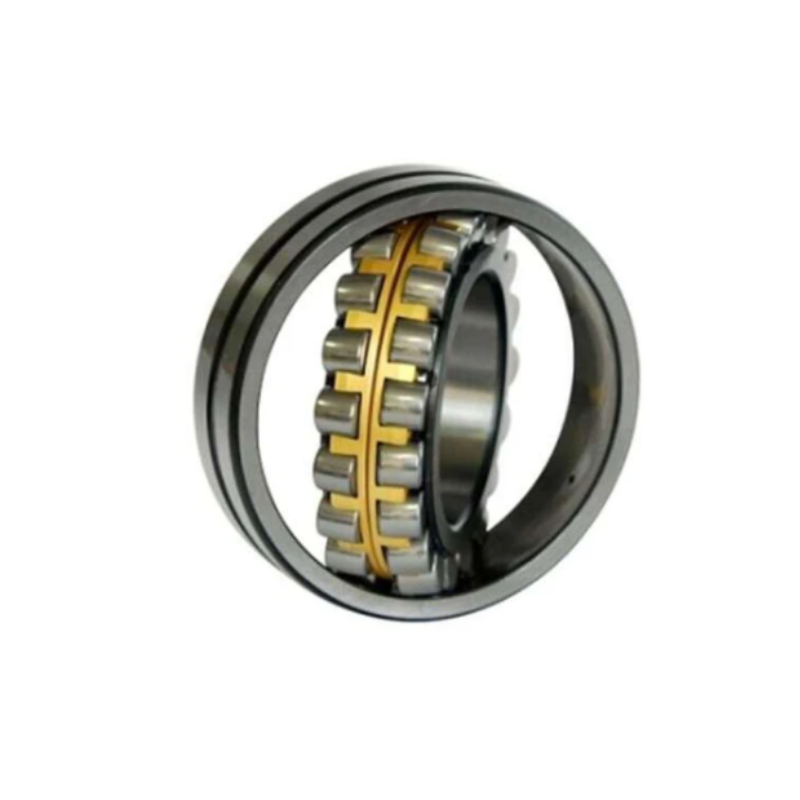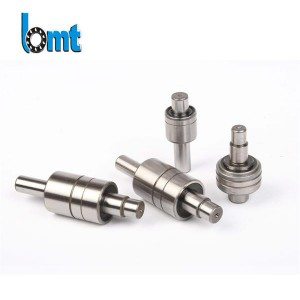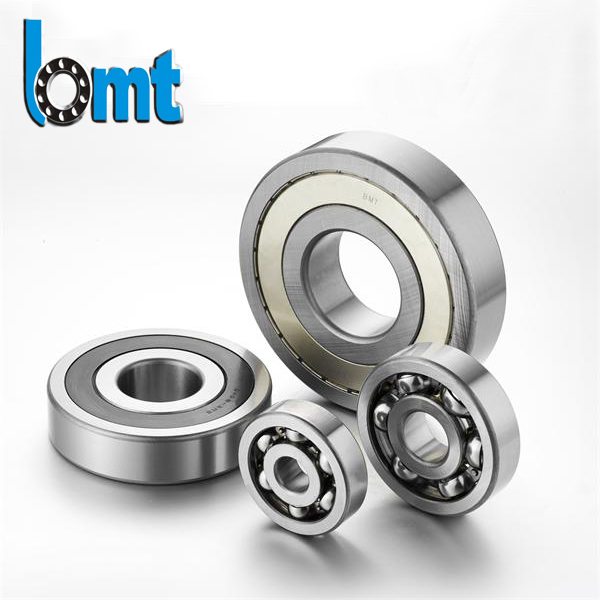Characteristics And Uses Of Linear Bearings
Date: 2025-06-14 Categories: Industry News Hits: 210
Linear ball bearings are high-precision bearings that make rolling contact with the shaft and use the shaft as a track to do infinite linear motion in the direction of the shaft. The outer cylinder of the bearing is equipped with cages, steel balls, side plates, etc., and the structure is guided by the cage to make the steel balls circulate extremely smoothly. It has the advantages of low friction resistance, low noise, small coherence force, corrosion resistance, etc., and is widely used in electronic machinery, printing machinery, material handling machinery and various precision measuring instruments. Linear ball bearings are available in Asian metric, European metric and imperial series, and each series is available in three forms, namely standard, adjusted and open. l Asian Metric: Standard (SDM), Adjusted (SDM...) AJ), Open (SDM... OP) 2 European Metric: Standard (SDE), Adjusted (SDE...) AJ), Open (SDE... OP) 3 Imperial series: Standard (SDB), Adjustable (SDB...) AJ), open (SDB... OP)
Linear bearing production process
1. Careful selection of materials: the first step in the production of linear bearings to build a solid foundation focuses on the careful selection of materials. High-quality cold-drawn, hot-rolled or cold-rolled steel strips are used to ensure that the carbon content of the material is maintained in the ideal range of 0.15% to 0.25% to meet the needs of different size bearings. In addition, precise control of material hardness is key, and too soft or too hard is not conducive to the long-term performance of the bearing.
2. Cold extrusion technology: The next process of the art of shape shaping is cold extrusion molding, which requires precise cutting of the material to the appropriate length, followed by pickling and cleaning, cold heading operation, until the basic form of the linear bearing is formed. At the heart of this phase is the close monitoring of the quality of the material to ensure that the process does not compromise its intrinsic properties.
3. Heat treatment: After the intrinsic quality cold extrusion is strengthened, the heat treatment process is immediately carried out, aiming to optimize the microstructure of the steel and improve its comprehensive mechanical properties. The process covers tempering and quenching, the former is suitable for high-carbon steels, balancing hardness and toughness; The latter, for mild steel, is designed to increase stiffness, and the two complement each other to create a solid "bone" for the bearing.
4. precision trimming: the details determine that the perfect heat treatment of the bearing also needs to go through a series of precision machining, such as turning, grinding and tooth surface treatment, each link has strict requirements for precision, in order to ensure the high precision and perfect roundness of the bearing. This stage not only tests the accuracy of high-end equipment, but also relies heavily on the exquisite skills of technicians.
5. Precision assembly: the overall precision machining of the construction function is completed and the assembly stage is entered. Using a variety of professional tools such as lockers, hammers and fitting plugs, each bearing is carefully assembled following strict procedures and specifications to ensure that it is functionally complete and stable.
Conclusion: The production process of Linear Bearings is a precise journey that combines high-tech equipment and superb craftsmanship, and each step is directly related to the final quality and service life of the product. This is not only a technology, but also an art of the ultimate pursuit of details, reflecting the profound heritage and unremitting pursuit of modern manufacturing.

 1606-2Z , 1606-2RS Single Row ...
1606-2Z , 1606-2RS Single Row ...  Spherical Roller Bearing D 200...
Spherical Roller Bearing D 200...  Clutch Release Bearing
Clutch Release Bearing  Air Condition Bearing
Air Condition Bearing  W N Series
W N Series  Motor Bearing
Motor Bearing